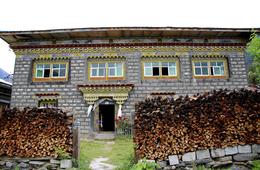
In Pictures: A Note from North Korea (Part 1)
In Pictures: A Note from North Korea (Part 1)
12 April 2013
Michael Bassett
Michael Bassett
Read Michael Bassett's article, "A Note from North Korea: Rhetoric and Realities".
View "In Pictures: A Note From North Korea (Part 2).








































